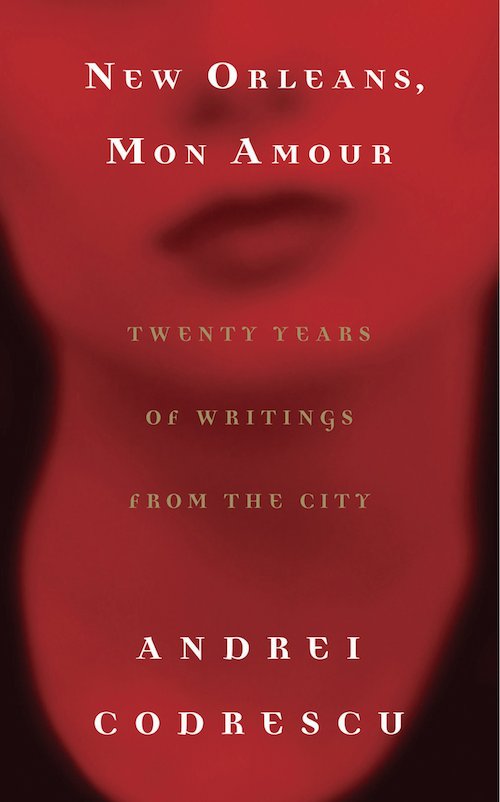
Andrei Codrescu moved to New Orleans in 1985, and Hurricane Katrina followed two decades later. “New Orleans will be rebuilt, but it will never again be the city I know and love,” he declares in the final chapter of his anthology New Orleans, Mon Amour: Twenty Years of Writings from the City, published the year after the disaster. I’ve heard variations on that sentiment from other observers over the past decade and a half, and I now wonder what part they played in my putting off visiting the place for so long. If post-Katrina New Orleans isn’t really New Orleans, I thought — and if I lack the pre-Katrina experience that would at least allow me to make a before-and-after comparison — why bother? I appreciate a good plate of red beans and rice, but felt little need to eat one in a city drained of its essence.
I finally bothered last year, taking a few days’ side trip to New Orleans with my dad as part of a longer visit back to the United States. Despite the occasional abandoned structure — and the one that made an impression on me, the inverted-looking midcentury Plaza Tower, was already sitting empty three years before Katrina — it didn’t strike me as a city that had been devastated not all that long before. (The most obvious signs pointed to broader devastation of the economic variety, and indeed were actual signs: judging by the billboards, the sole healthy industry between New Orleans and Pensacola, Florida is personal injury litigation.) But then, I stayed at the edge of the relatively undamaged French Quarter, on the other side of a bend in the Mississippi River from the likes of the Lower Ninth Ward, whose name the hurricane made a byword for sodden neglect.
“Tourists experience New Orleans by guidebook geography,” Codrescu writes in a piece from 1995, “which recognizes only three areas: the French Quarter, the Garden District, and Audubon Park.” This remains broadly true, in that I spent a good deal of time myself in the first two of those, though such French Quarter-adjacent neighborhoods as the music bar-filled Marigny hardly felt like sacrosanct locals’ turf. I’ve enjoyed enjoy beignets and café au lait at Café du Monde and will do so again, but I’m also considering how best, when next I visit New Orleans, to transcend the tourist city. The French Quarter has much to recommend it — not least a used bookstore from whose seemingly load-bearing floor-to-ceiling piles I managed to extract Jean-Philippe Toussaint’s Faire L’amour — but when I recently pulled it up on Google Street View, my girlfriend asked if I was looking at Disneyland.
Read the whole thing at Substack.